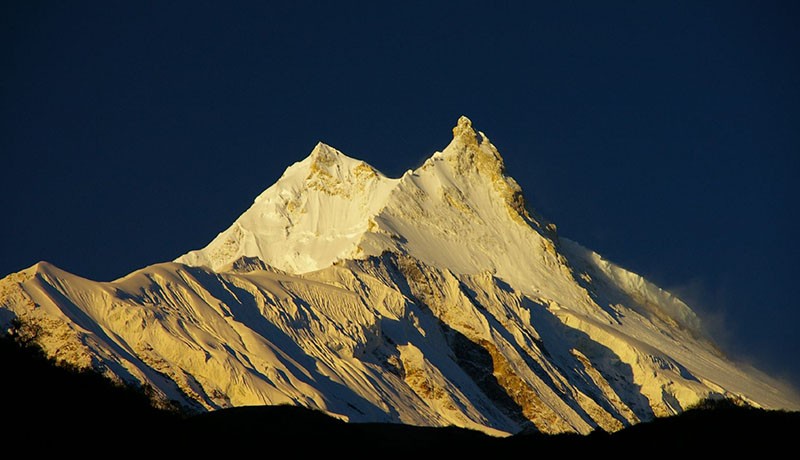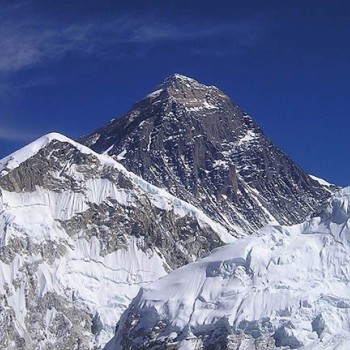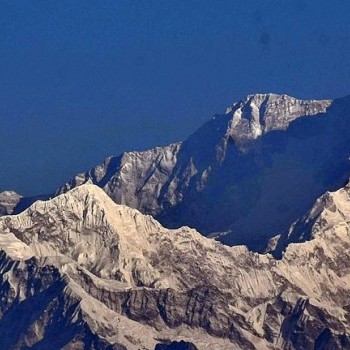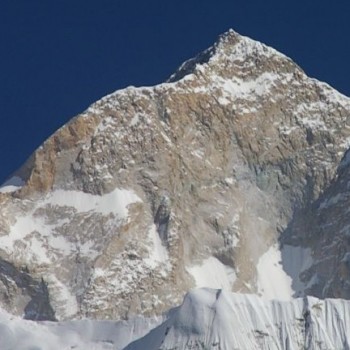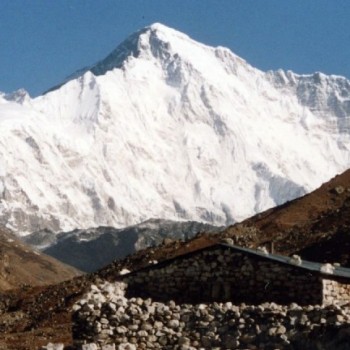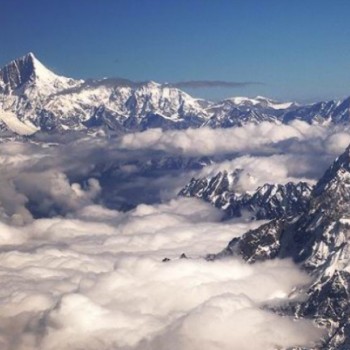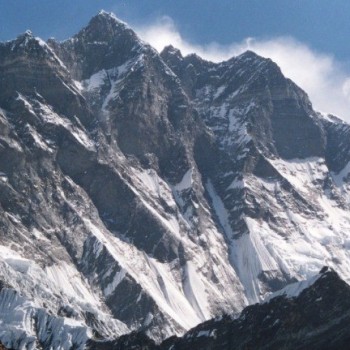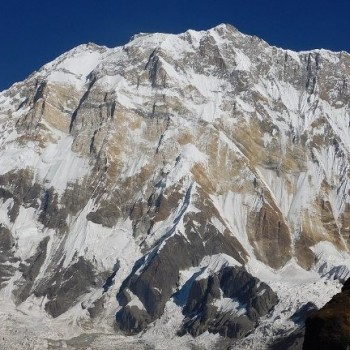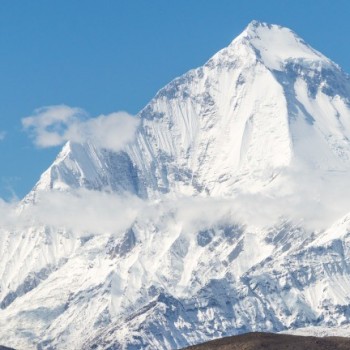Useful Information
Manaslu Expedition Route
Our 40 days Manaslu expedition is long and begins after spending two days in Kathmandu. After your arrival here in Nepal, you will prepare yourself for the expedition.
Your journey begins on the third day of this itinerary. You will be driving towards Arughat from Kathmandu. Reaching there you stay the night and head towards Sotikhola the next day.
From Sotikhola you head towards Machhakhola viewing beautiful scenarios. Then from there, you walk about a few hours to reach Jagat. After that following the trails you trek till Deng and stay the night there.
Spending a peaceful night here, you begin your trekking journey towards Namrung. From Namrung you visit Lho then SamaGaun, a beautiful village of the Himalayas.
You will have your acclimatization here so you can explore the village area or rest for the day. The next day you trek till Manaslu Base Camp one of the highlights of this trek.
This is just the start of your Manaslu Expedition. Your climbing period begins the following day. For the next 18 days, it will be your climbing period. You will reach the summit of Mount Manalsu and return back to the base camp.
On the 32nd day, you prepare to return Kathmandu and clean the base camp. After that, you trek back to Sama Gaun and stay there for the night. Then following the trails you head towards Namrung.
From Namrung you will following the paths till Philim village. Then head towards Machakhola and stay the night. After that, you make your way to Arughat from where you drive back to Kathmandu.
Arriving at Kathmandu, you have a free day so you can roam around and visit places. Then on the 40th day, you will departure back to your home country.
Best Time for Manaslu Expedition
Nepal is a beautiful country that goes through four seasons in a year. You can summit Mount Manaslu in any month of the year but it is best to go on this journey during the recommended time.
Spring, Monsoon, Winter, and Autumn are the four seasons that occur in Nepal. Each season is best in its own way. But climbers usually prefer Spring and Autumn as it is the best time for Manaslu Expedition.
This Expedition is doable during Winter and Monsoon too. But the paths and climb are more challenging during these times. You can get brief description about the seasons below:
Spring Season
Spring season is the time for new beginnings. This is the season when greenery and buds of flowers are seen throughout the valleys. The trees will gain back their lost greenery making the valleys look lustful.
As for the forest path, they are filled with flowers ready to bloom. The months from March to May come under this season. These months are crowded with nature lovers.
The temperature and weather are also suitable for climbing Manaslu. The days are bright, sunny, and hot. While the temperature ranges from 2 to 20 degrees this season.
By this time the villagers who have traveled to the lower regions during winter will also return. And the frozen lakes will also start to melt by these months. Yet, there can be occasional snowfall during mid-May. But snow gears are not needed as it will not last long.
Monsoon Season
Monsoon season begins right after the end of the Spring season. This is the rainy season when paths in lower regions are slippery and muddy. Also, there are chances of flood and landslide being an obstacle.
But if you travel during early June and late August there are fewer chances of rainfall. In high elevation rainfall occurrence is low. Also, the clear view you get to see after the rain is just amazing.
The months from June to August come under this season. These are months when new species of plants and flowers are found in the way. You should be careful while walking in muddy and slippery routes.
Leeches, bugs, and mosquitos are quite seen when traveling during this season. So, walk slowly and carry bugs repellent creams.
Autumn Season
After the season of heavy rainfall comes Autumn. This is the season with one of the most important festivals of Nepal, Dashain. Autumn is the peak season for Manaslu Expedition.
The weather and temperature are perfect for climbing and walking on these routes. The beauty of nature is also at its best making the journey more memorable. It is neither too hot nor too cold during this season.
The months from September to October fall under this season. During these months the sky is clear giving the best view of the surrounding. The routes are more crowded compared to other seasons.
Winter Season
The final season of the year is Winter and it is cold throughout the region. This is the off-season time for Manaslu Expedition. It is the least preferred time to climb in high elevation as one can get trapped in the routes due to heavy snowfall.
The higher you climb in elevation the colder it gets. Most people come down to lower regions during this season. The months of December to February fall under this season.
If you plan to do this expedition during the winter season then early December is a great time. As winter is just beginning so there are fewer chances of snowfall occurrence.
You will be needing snow gear and warm clothes to complete this expedition. As the temperature drops below freezing point in higher elevation. But the days are warm and sunny with a clear sky.
During early January to early February, the routes are usually closed due to bad weather conditions. So, it is better to consult the agency or guide to know more about the right time to visit during winter.
Difficulties faced in Manaslu Expedition
Climbing the world’s 8th highest peak is not easy but not that harsh either. If you have strong will and determination, you can complete this Manaslu Expedition. While climbing you might face some difficulties along the way. We have mentioned some of them below:
Routes and Duration Difficulty
The routes of Manaslu are mostly considered difficult. On this expedition, you will be making many uphill and downhill climb. The paths are unspoiled so they can be rough and uneven.
The routes can be harsh and challenging for a novice climber. As for the experienced ones, it will be less harsh and challenging. You will also have to walk more than 4 to 5 hours a day to reach the destination. It can be tiring for non-walker so preparing oneself is quite essential.
After reaching your destination for the day, it is better to give your body some rest. It is also necessary to stop in between your walk and catch your breath. Walking slowly is one of the keys to finishing this expedition with ease.
Altitude Sickness
Altitude sickness is also known as Acute Mountain sickness which occurs when traveling to high elevation. In this Expedition, you will be climbing an altitude above 4000 m. So, there are high chances of trekkers suffering from it.
The air gets thinner as you climb higher up in the mountain making it hard to breathe. Thus lack of oxygen is one of the major reasons for altitude sickness. A few of the common symptom seen in people are:
- Headache
- Nausea
- Dizziness
- Breathing difficulty
- Vomiting
If you suffer from any of the symptoms mentioned above then you should immediately inform your guide. Your guide will give you further instructions on what to do. So, follow them and don’t panic.
Accommodation
Another difficulty would be findings proper accommodation during peak seasons. The routes are crowded and getting a room of your choice can be hard due to less availability of rooms. You might have to share your rooms with fellow companions.
As you climb higher, the number of hotels starts to decrease. Also, there are fewer private toilets and bathrooms in hotels in high regions. So you have to wait in line for your turn.
If you don’t book in advance you might not even get rooms and have to sleep on floors or lobby. So, while visiting in peak time you should be able to adjust to your environment.
No ATM Machines
While traveling to a high altitude you won’t find ATM machines or banks. So it is necessary to carry enough cash in hand. As you climb high up in the mountain goods and services are expensive. So, you should carry extra cash than you have estimated.
Fitness
Fitness is of uttermost priority when climbing mountain peaks. To complete this climb you have to be physically and mentally fit. Climbing mount Manaslu requires a lot of stamina and strength. You will be spending 40 days in the Himalaya region so you should be mentally and physically prepared.
So, before beginning your journey doing a full body check-up is a great option. As many people find about their underlying heart diseases after making the climb.

